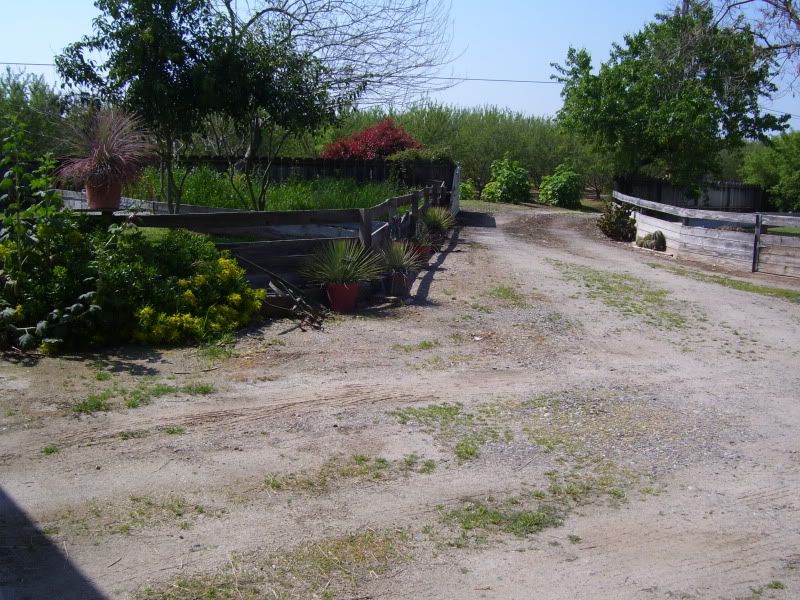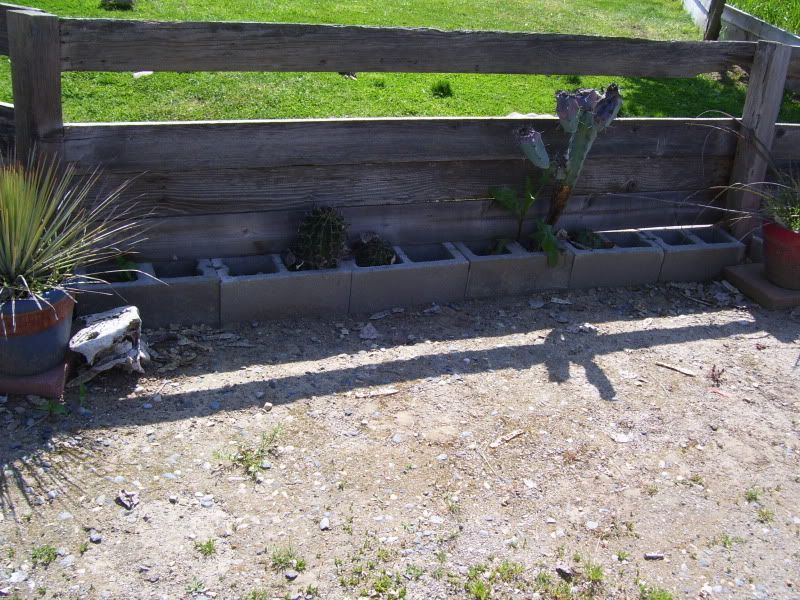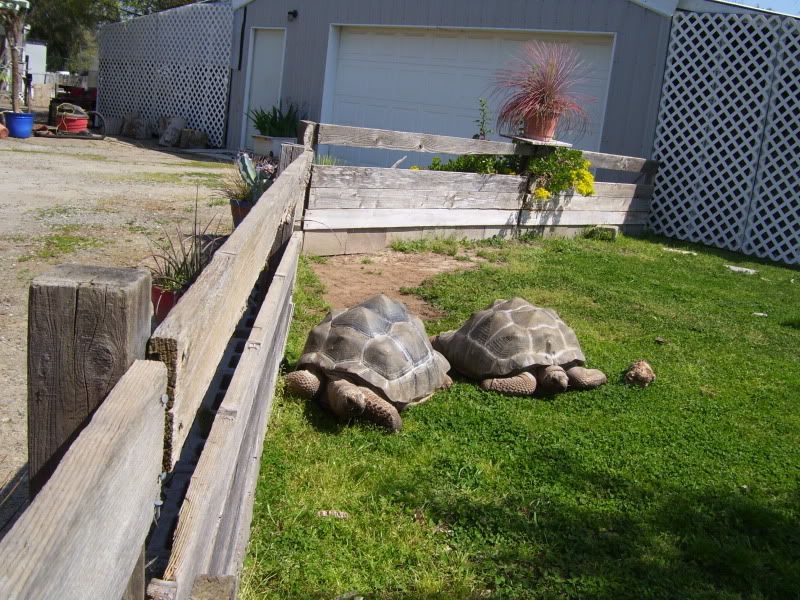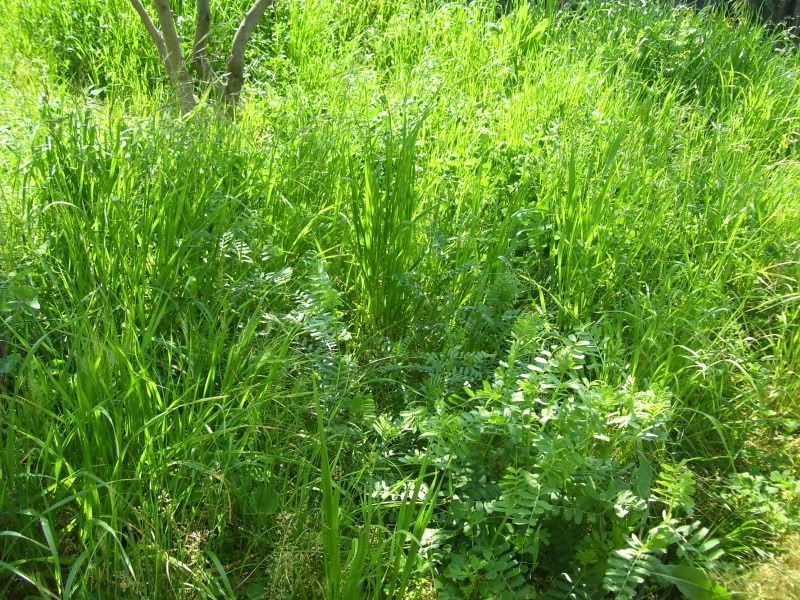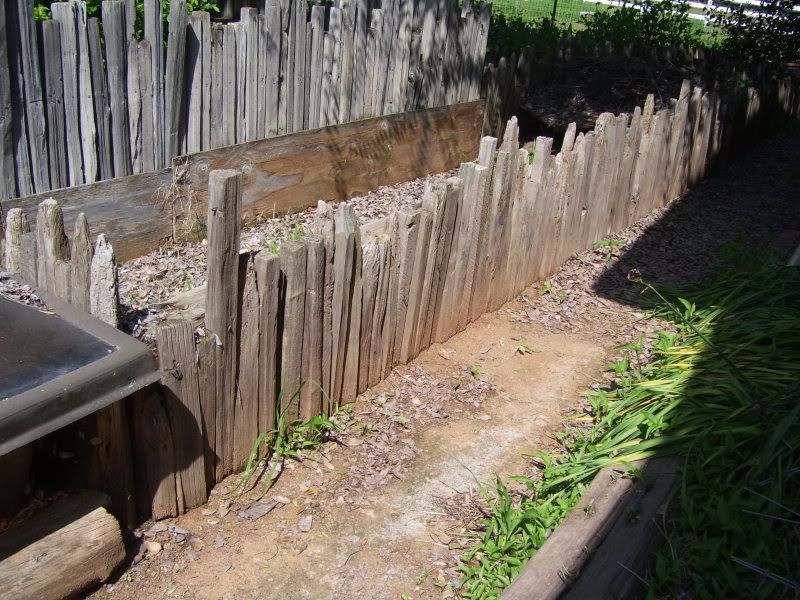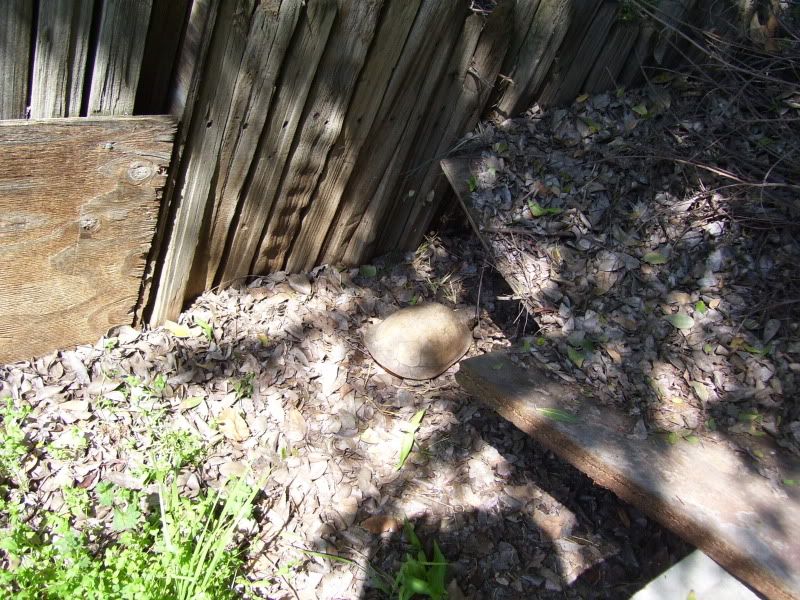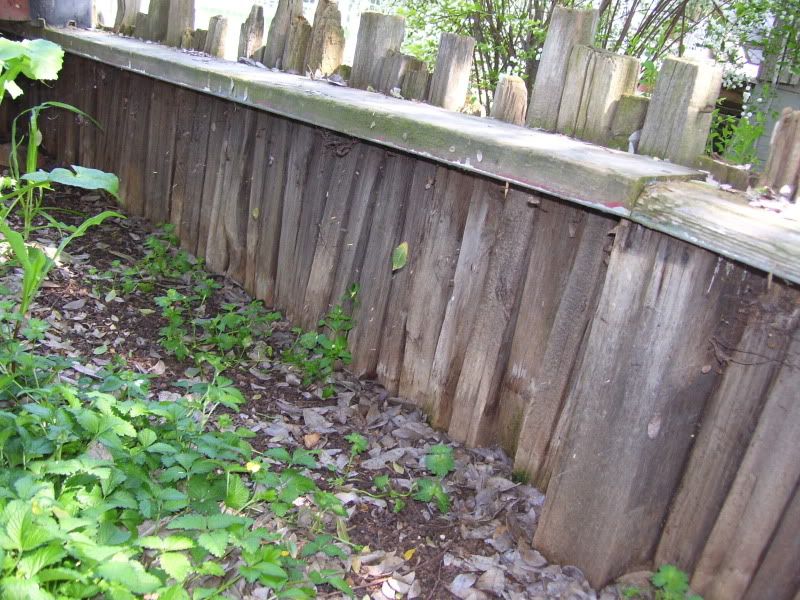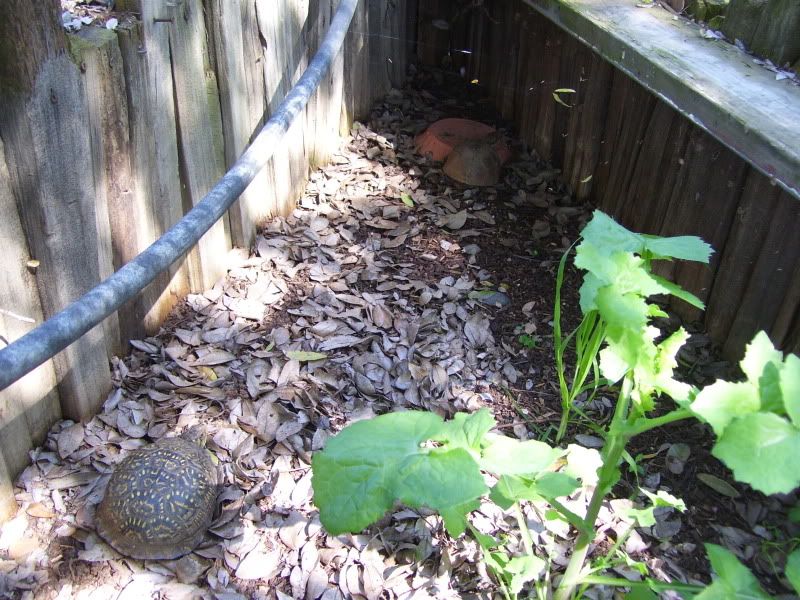Trying to decide what to build my outdoor enclosure out for my two Hermanns..
I have done a bit of research and found one online that used pressure treated landscaping wood and a hinged top. Seemed easy and doable.. Not so sure about what they use to pressure treat the wood with though. CCA Chromated Copper Arsenate. Does seem to the kind of think that I want leaching into a garden..
Thought about using some leftover dog run panels..tooo big and ugly.
Something simple not to much $$, won't rot over time and safe??
Any suggestions??
Cheers,
Carley
I have done a bit of research and found one online that used pressure treated landscaping wood and a hinged top. Seemed easy and doable.. Not so sure about what they use to pressure treat the wood with though. CCA Chromated Copper Arsenate. Does seem to the kind of think that I want leaching into a garden..
Thought about using some leftover dog run panels..tooo big and ugly.
Something simple not to much $$, won't rot over time and safe??
Any suggestions??
Cheers,
Carley
